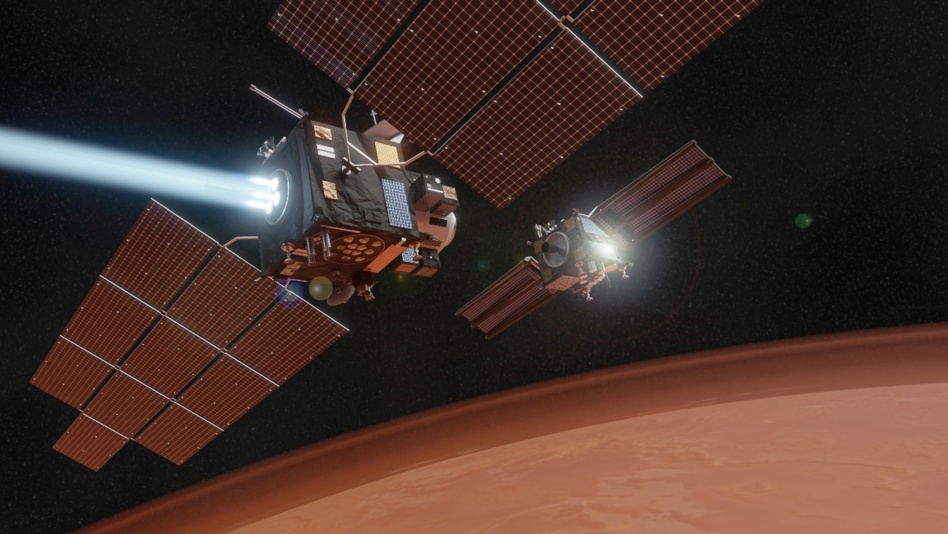Redwire ($RDW) saw its Q1 revenue drop 30% compared to the same time last year, which the company partially attributed to contract delays stemming from the Trump administration’s transition and US budget uncertainties.
Their argument that lumpy quarter-to-quarter contract values should be expected didn’t seem to buoy investor sentiment, as the company’s stock dipped 6.5% by market close.
On the Edge: Despite that, Redwire reaffirmed its revenue forecast of $535M to $605M—calculated under the assumption that the company will complete its acquisition of autonomous defense systems manufacturer Edge Autonomy in Q2 2025.
Redwire plans to use this acquisition to grow its defense business, especially in Europe, at a time when allied governments are focusing on acquiring more UAV systems for the Ukraine war.
Edge has a revenue backlog of $99.4M and a strong manufacturing presence in Latvia to support future increases in European defense spending, according to Jonathan Baliff, Redwire’s CFO.
Bigger and better: While budget uncertainties persist in the US, Redwire is focusing on larger space and defense contracts in an effort to maintain revenue projections and transition from sub to prime contractor.
CEO Peter Cannito also predicted that future space missions, whatever they may be, will require companies with in-space infrastructure expertise—like Redwire.
“We’re focusing on things like deployables that are applicable to LEO, GEO, cislunar, on the lunar surface, Mars, [and in] deep space,” Cannito said. “The fact that we’re a proven player is what I think is going to position us for those future contracts.”
Obligatory Golden Dome: Redwire believes it’s the perfect company to win future Golden Dome contracts—just like many other companies have said on recent earnings calls. Unlike most of the pack, however, Redwire outlined a specific plan to meet future space based missile defense requirements:
- The company’s VLEO, LEO, and GEO spacecraft can be deployed for a future multi-orbit architecture, to identify and mitigate threats.
- Redwire’s optical sensor capabilities—the same technologies used on lunar landers from Firefly and Intuitive Machines—can be leveraged to develop missile threat detection and target-custody capabilities.
- The company’s digital mission systems will enable end-to-end architecture for threat mitigation.




